1. Eating in Total Silence

In the 19th century, many American families adhered to the rule of eating in complete silence. This tradition was rooted in etiquette, where conversation was reserved for more formal settings or after the meal was finished. The idea was to promote focus on the meal and ensure the table was an environment of calm and decorum. Dining in silence was seen as a sign of respect for both the food and the people present shares Reddit.
While it might sound strange to us today, it was considered impolite to speak during dinner, especially in upper-class households. Families would engage in conversation at other times, but during the meal, silence ruled. Today, of course, the idea of eating in silence is almost unthinkable, with most meals being accompanied by lively chatter and, in many cases, TV or music adds Reddit.
2. The Ice Cream Course

In the early 1900s, it wasn’t uncommon for a meal to include a separate “ice cream course.” Ice cream, a treat that was once considered a luxury, would be served in the middle of the meal rather than as a dessert. This was part of the “high-society” dining experience, where the course was often enjoyed with a glass of wine or as a palate cleanser between main dishes says GMA Network.
The concept of the ice cream course was embraced during the peak of its novelty. As refrigeration became more widespread and ice cream became more accessible, it eventually found its place as the final course of a meal. Today, we can’t imagine a multi-course dinner with ice cream midway through, but for a time, it was seen as the epitome of indulgence.
3. “Supper” Instead of Dinner
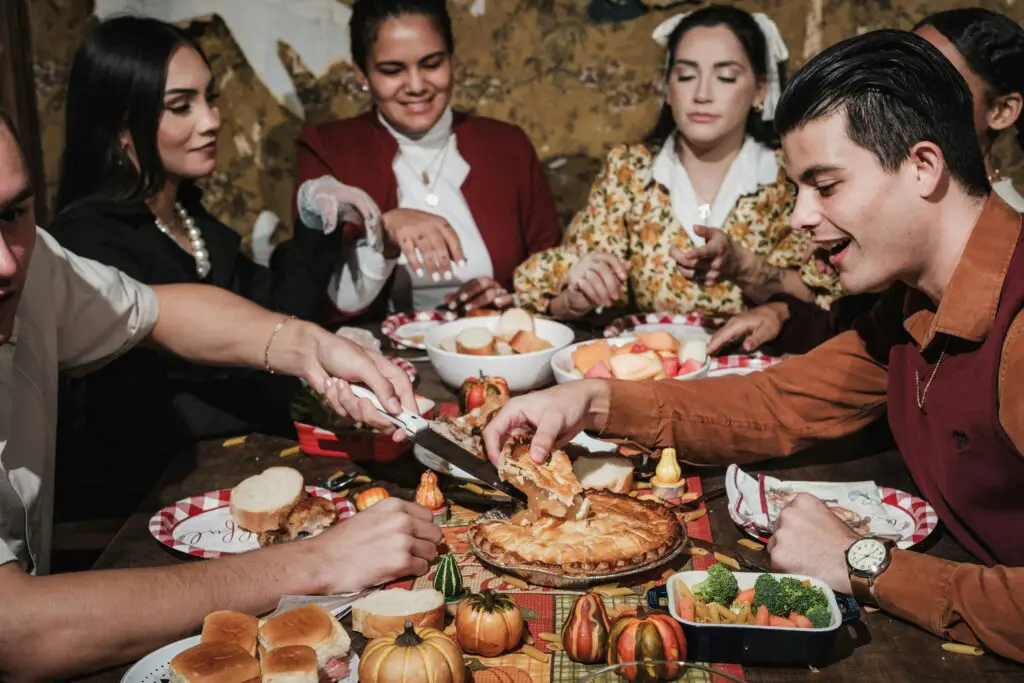
While “dinner” is the standard term for the main meal of the day in most of the U.S., in many parts of the country, particularly in the South, “supper” was the term used to describe what we now call dinner. This meal was often served later in the evening, usually after a long day of work. Supper was a more casual affair compared to the formal dinner, which was often reserved for Sunday gatherings or special occasions adds Good Housekeeping.
This shift from supper to dinner happened gradually, particularly with the rise of industrialization and longer working hours. Today, the distinction between “dinner” and “supper” has blurred, with “dinner” taking precedence in most areas of the U.S. But for many families, “supper” still brings a sense of nostalgia, representing home-cooked meals and family bonding.
4. The “Dinner Bell” Tradition

In rural America, the “dinner bell” was a common feature in households, especially on farms. The bell was used to signal the time for a meal, with everyone in the family gathering at the table at the sound of its ring. It served as a kind of clock for the family, as many farmhouses had no clocks or timepieces. When the bell rang, it meant the meal was ready, and it was time to stop whatever they were doing, whether it was working the land or playing outside.
This tradition was particularly common before the widespread use of electric clocks or smartphones. The dinner bell became an essential part of the family routine, calling everyone in for a well-deserved break. Today, the dinner bell is mostly a quaint relic of the past, replaced by modern gadgets and schedules.
5. Passing the “Ladies’ Plate”

In the late 1800s and early 1900s, it was common for women to pass a plate of food around the table at dinner, often called the “ladies’ plate.” This was a social custom in upper-class families, where the women of the household would serve the men first, and the women would eat once the men had been served. The passing of the plate was a formalized gesture of courtesy and respect.
The tradition of the “ladies’ plate” was part of the strict social hierarchies that dictated behavior during dinner. It reflected the gender norms of the time, where men were seen as the head of the household and women were expected to serve them. As gender roles evolved, so did this custom, and it eventually fell out of favor in the mid-20th century.
6. The Potato Salad “Fix”
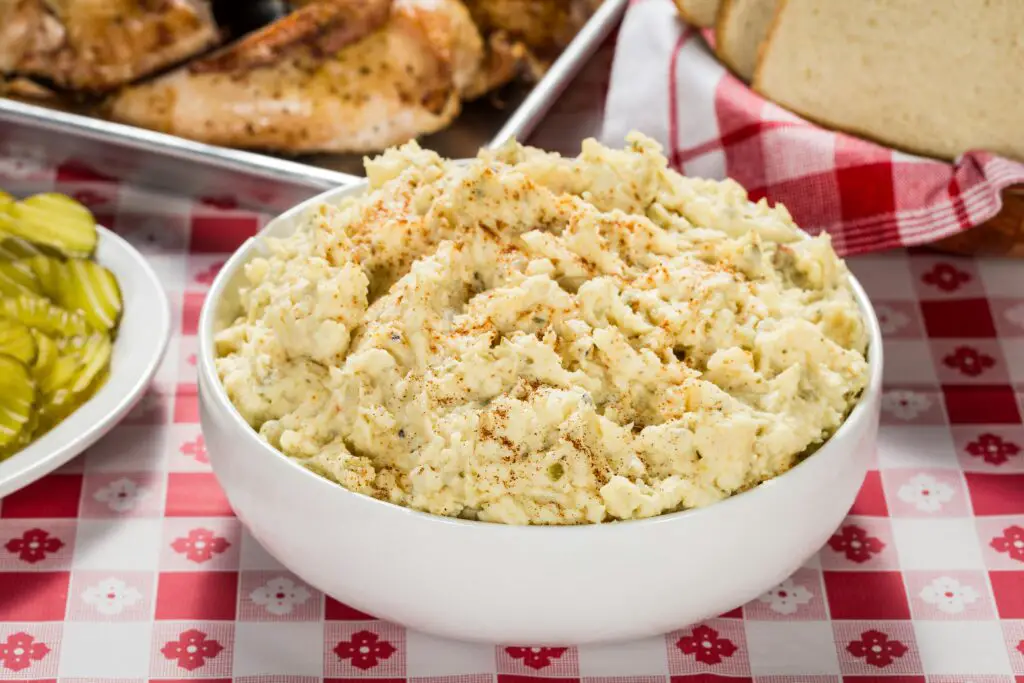
In the 1950s and 1960s, a popular dinner tradition was the “potato salad fix.” This was when guests at a dinner party were encouraged to make their own potato salad by adding various toppings or mix-ins to personalize the dish. Common additions included relish, mustard, or even bacon bits. This DIY approach was considered a fun way to get guests involved in the meal preparation and add a little extra creativity to the dinner table.
The idea behind the “potato salad fix” was to create a more interactive and communal dining experience. It reflected the growing trend of informal dining and the idea that everyone could customize their meal. Today, this tradition has mostly been replaced by store-bought versions or pre-made salads, but the concept of interactive meals still lingers in potlucks and family gatherings.
7. Dinner Etiquette with the “Fish Fork”
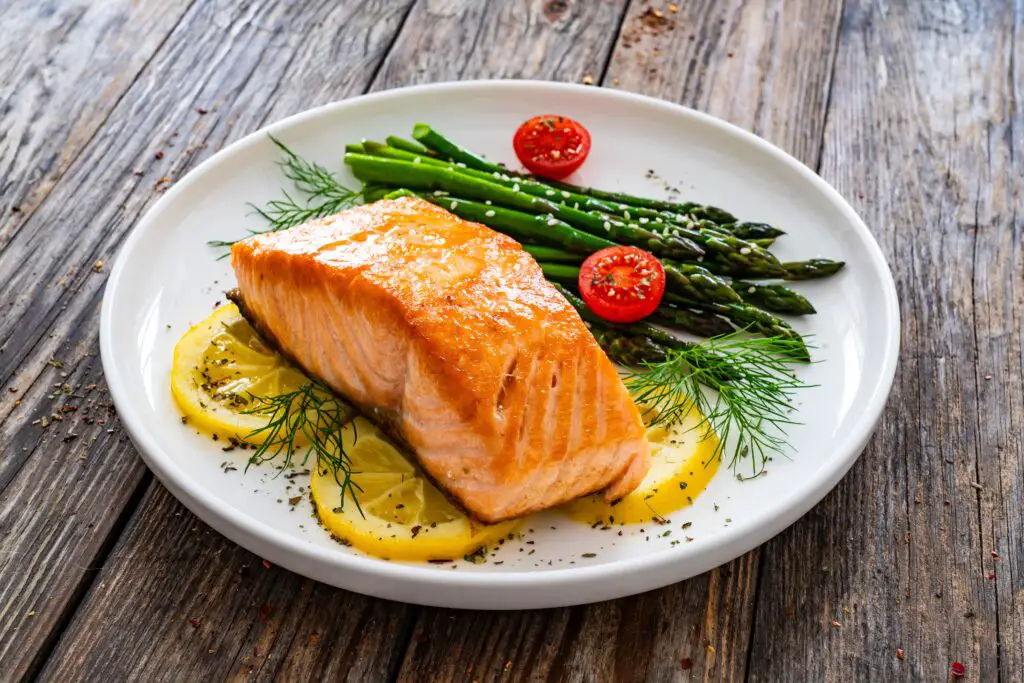
During the late 1800s, when dinner parties were a formal affair, one of the peculiar rules of dining etiquette was the use of the “fish fork.” This fork, which was typically smaller and had slightly wider tines, was reserved for eating fish dishes. The fish fork was part of a larger trend in etiquette, where different forks were designated for different courses, such as salad, soup, or dessert.
The fish fork became a symbol of upper-class dining, where every detail of the meal was carefully orchestrated. Over time, these formal dining customs began to fall out of favor, especially as dining became more casual in the 20th century. Today, the fish fork is largely obsolete, with most people simply using a regular dinner fork for all courses.
8. The “Passing of the Bread Basket”
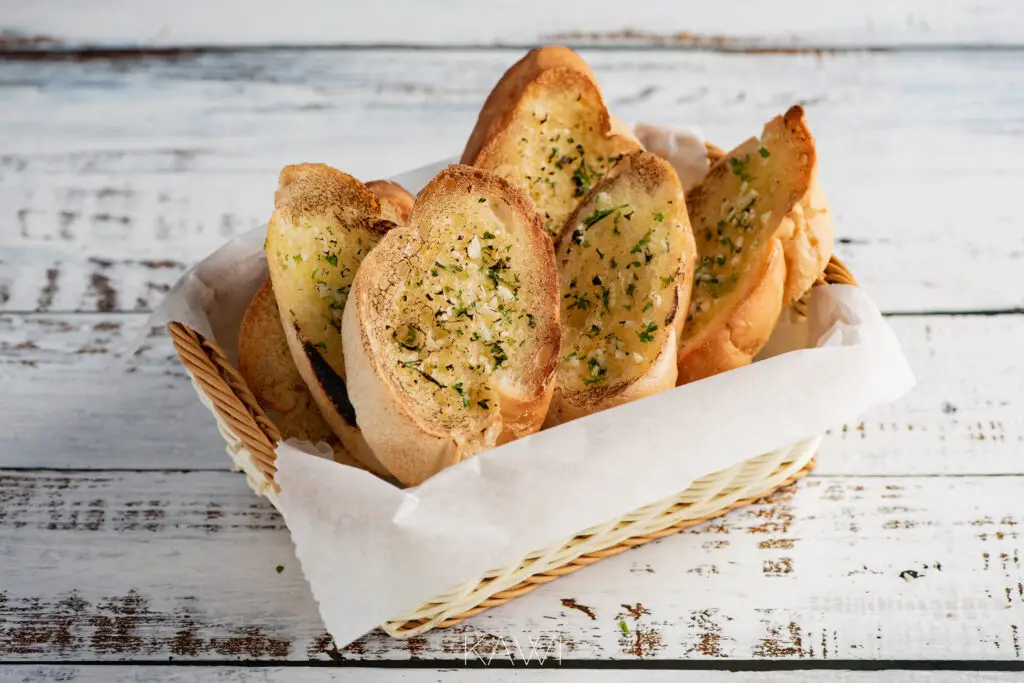
In the early 1900s, it was considered rude not to offer bread to everyone at the table, and so the “passing of the bread basket” became a formal part of the dining experience. This tradition had specific rules: the bread basket was never passed directly to anyone, but rather set down on the table for each person to take a piece. Additionally, bread was often served with a separate butter dish, with each diner using a butter knife to spread their portion.
This tradition was rooted in the idea of hospitality, where offering food was a sign of generosity. Over time, as meals became more casual, the bread basket became a less formal part of dining, though many families still maintain this tradition during holiday meals or formal gatherings.
9. Eating Dessert Before the Main Course
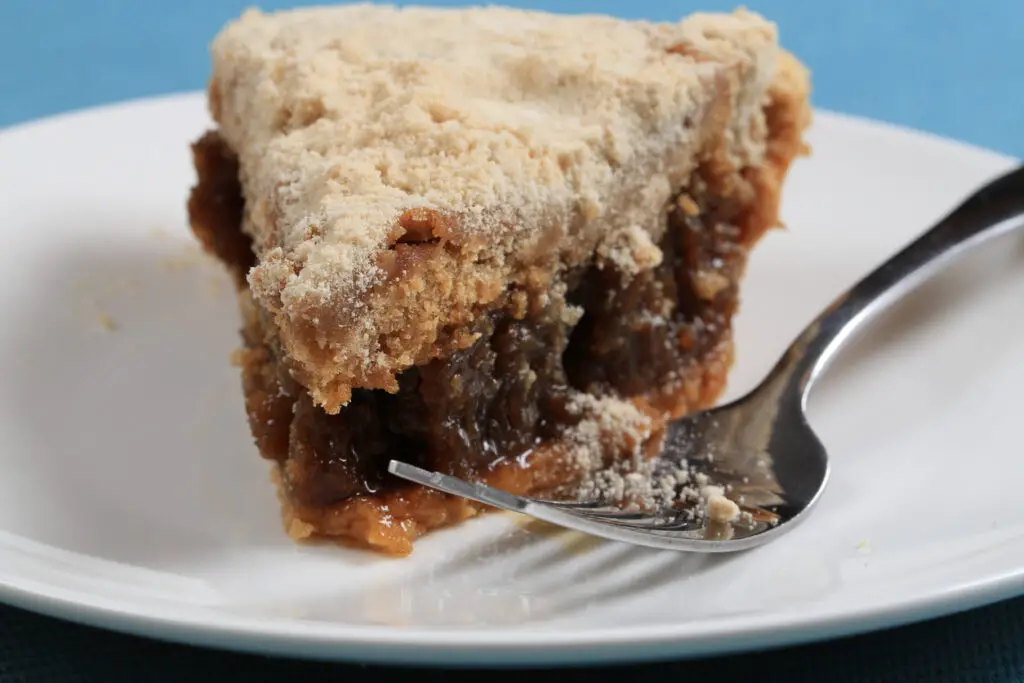
In some American households during the early 20th century, it was not uncommon to serve dessert before the main course. This practice was especially popular during special occasions and holiday meals. The idea behind it was to “sweeten the palate” before the savory dishes arrived. This order was also thought to encourage better digestion by starting the meal with something light and pleasant.
The concept of dessert before dinner was part of the trend toward indulgence in the early 1900s. However, as dining customs evolved, this practice was largely abandoned, and the standard of serving dessert at the end of the meal became the norm. While rare today, some families still have dessert first on birthdays or as a special treat.
10. Using a “Tablecloth with Compartments”
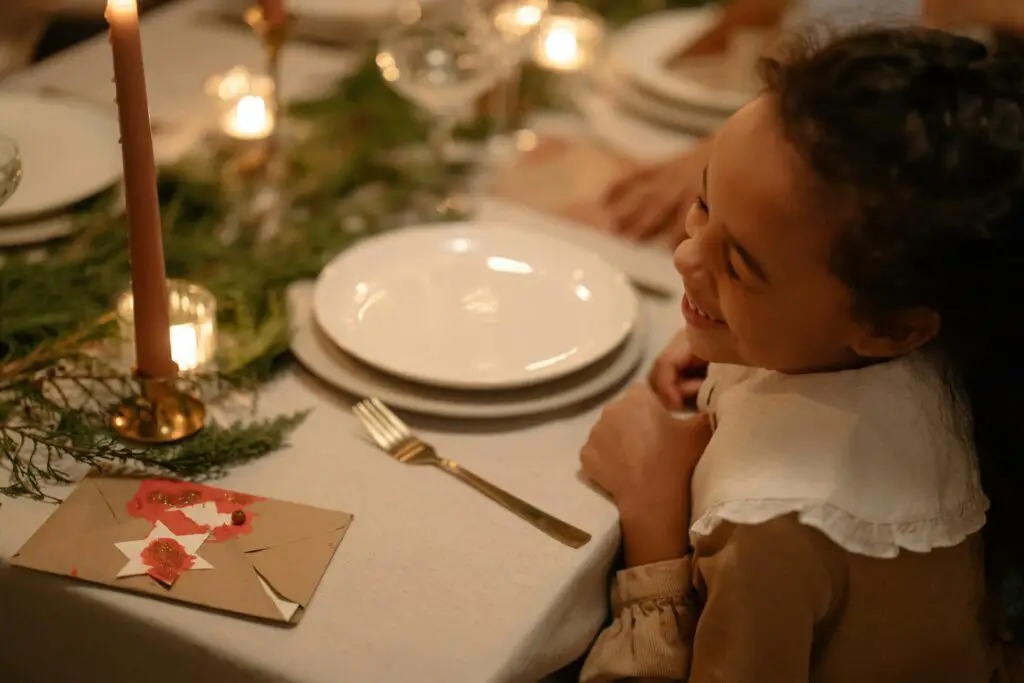
In the mid-1900s, some American households used an unusual tablecloth with built-in compartments. These cloths were designed to hold the serving dishes and utensils in separate sections, making it easier to keep the table organized and reduce the risk of spills. The compartments would be hidden under the cloth, allowing for a neat and tidy presentation.
The tablecloth with compartments was a precursor to modern-day place settings and buffet-style dinners, but it was much more elaborate and formal. Over time, as dining became more casual and buffet-style meals became more common, these specialized tablecloths fell out of favor. Today, the idea of a compartmentalized table is mostly seen in vintage home decor or antique collections.
11. Having “Cordial Time” After Dinner
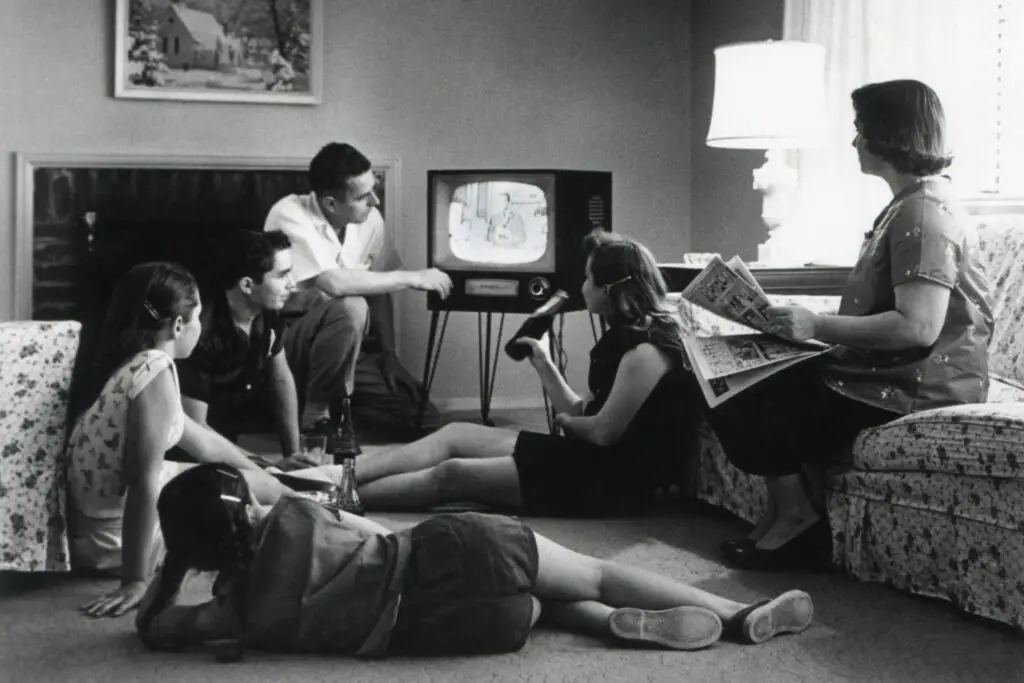
In the early 20th century, it was common to have “cordial time” after dinner, particularly among upper-class families. This involved drinking a small glass of cordial, a type of sweet liqueur, after the meal. The tradition was meant to aid digestion and was a social time for guests to relax, chat, and enjoy the last part of the evening.
Cordial time was part of a larger trend of after-dinner rituals, which also included coffee or brandy in some circles. As time went on and alcohol consumption became more regulated, the practice of cordial time faded away. Today, it’s still occasionally seen at upscale restaurants, but for the most part, it’s a tradition that’s largely been replaced by modern social gatherings.
12. The “Tidy-Table Tradition”

In the mid-1900s, some American families had a tradition known as the “tidy-table,” where dinner was not considered complete until the table was perfectly cleared. This involved not only cleaning up the dishes but also rearranging the silverware, glasses, and plates into neat, symmetrical lines before leaving the dining room. The idea was that the table should look immaculate before the meal was over, symbolizing the end of a successful dinner.
This tradition was particularly prevalent in households with formal dining rooms, where the presentation of the meal was considered as important as the food itself. As dining styles shifted, the tidy-table tradition became less important, replaced by more relaxed and informal approaches to meal clean-up. Today, most people simply clear the table and leave the kitchen work for later, without worrying too much about perfect symmetry.
13. The “Chafing Dish” Meal
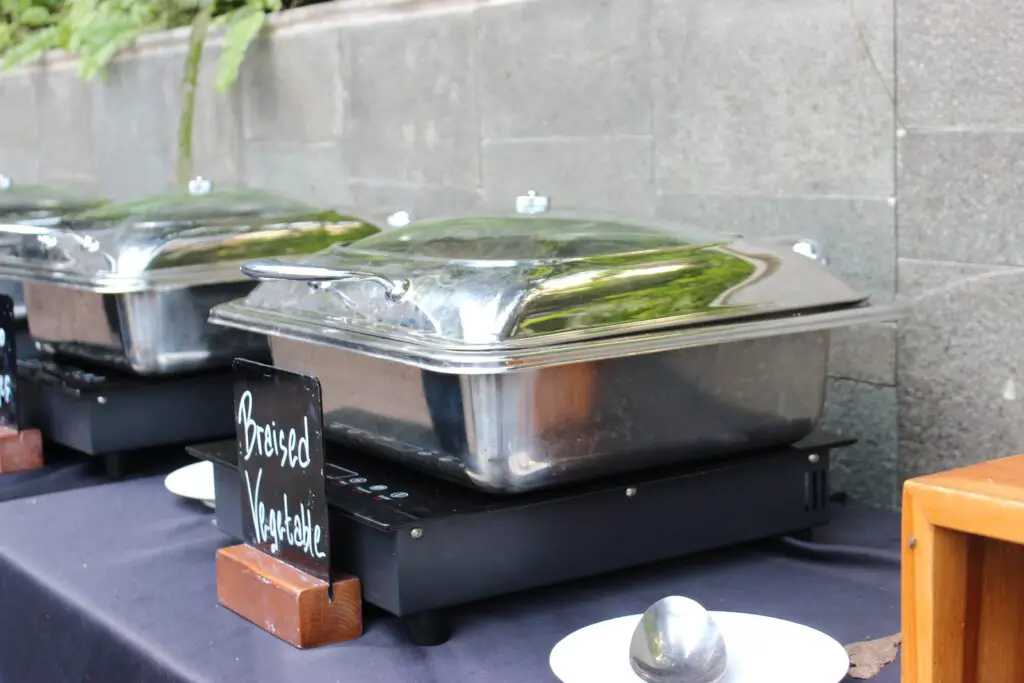
In the early 1900s, the chafing dish was a popular way to serve meals at dinner parties. These portable cooking devices allowed guests to prepare their own food at the table, keeping it warm throughout the evening. A host would bring the chafing dish to the table, filled with a savory dish like fondue, stew, or even something more exotic, and guests could help themselves.
The chafing dish was a symbol of both innovation and luxury during this time, allowing families to add a fun, interactive element to the meal. Today, chafing dishes are still used for catering and buffets, but the tradition of cooking and serving meals at the table has mostly disappeared. The convenience and accessibility of modern cooking methods have replaced the need for such elaborate dining setups.
14. Using “Place Cards” for Family Meals
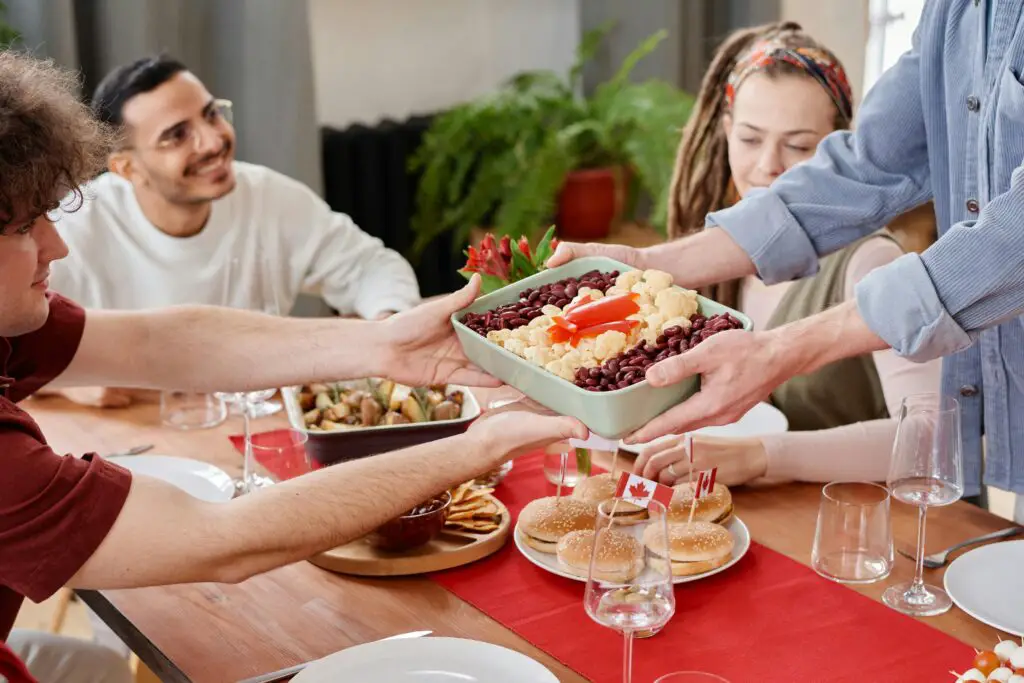
In some American households, particularly during the mid-1900s, it was customary to have place cards for family dinners. These small cards, often with the guest’s name written on them, were used to assign each person a specific seat at the table. While this practice was common for formal dinners, some families would do it for everyday meals as well, believing it created order and added a sense of importance to the meal.
Place cards became less common as dining became more casual, but they still make an appearance at weddings or upscale events. The idea behind using them in everyday family dinners was to encourage a more structured and respectful environment, and to ensure that everyone had a place at the table. Today, it’s rare to see place cards at home unless there is a special occasion, but they still hold a nostalgic charm for many who remember their use in the past.
